|
The Museum of Old and New
Art (MONA) in Hobart,
Tasmania, stands as a
beacon of artistic
innovation and
controversy, captivating
visitors with its eclectic
blend of ancient
artifacts, contemporary
artworks, and immersive
experiences. Founded by
entrepreneur David Walsh
in 2011, MONA has
redefined the traditional
museum experience,
offering a journey into
the depths of human
creativity and expression.
Located within a sprawling
complex carved into the
sandstone cliffs along the
Derwent River, MONA's
architecture is as
intriguing as its
contents. Visitors descend
into the museum through a
spiraling staircase or a
ferry ride across the
river, setting the stage
for an immersive
exploration of art and
culture. The subterranean
galleries, designed to
evoke a sense of discovery
and mystery, feature dimly
lit spaces that enhance
the ambiance of each
exhibit.

Cavern entrance to the ground floor of the museum
MONA's collection is as diverse as it is provocative, showcasing a wide
array of artworks spanning millennia and mediums. From ancient Egyptian
mummies to contemporary installations that push the boundaries of
artistic expression, every corner of the museum invites contemplation and
conversation. Perhaps one of the most unusual artworks at MONA, "Cloaca
Professional" by Wim Delvoye is a fully functional machine that mimics the
human digestive system. Designed to consume food and produce waste,
this mechanical marvel blurs the line between art and science, inviting
viewers to contemplate the nature of consumption and waste.
Despite its relatively short existence, MONA has firmly established itself as
a must-see destination for art enthusiasts and curious travelers alike. Its
bold vision, uncompromising curation, and commitment to pushing
boundaries have earned it a place among the world's most innovative
cultural institutions, ensuring that its legacy will endure for generations to
come.

Leaving downtown Hobart behind on the 30 minute ferrry ride to the Museum.

Alighting the ferry

Bit.fall, by German artist Julius Popp, is a two-story pulsing waterfall of 128 computer
-controlled nozzles that briefly drip a display of words streamed from real-time Google
searches. Words include "climate”, "Barnaby", "terrorism" and "Pell”.
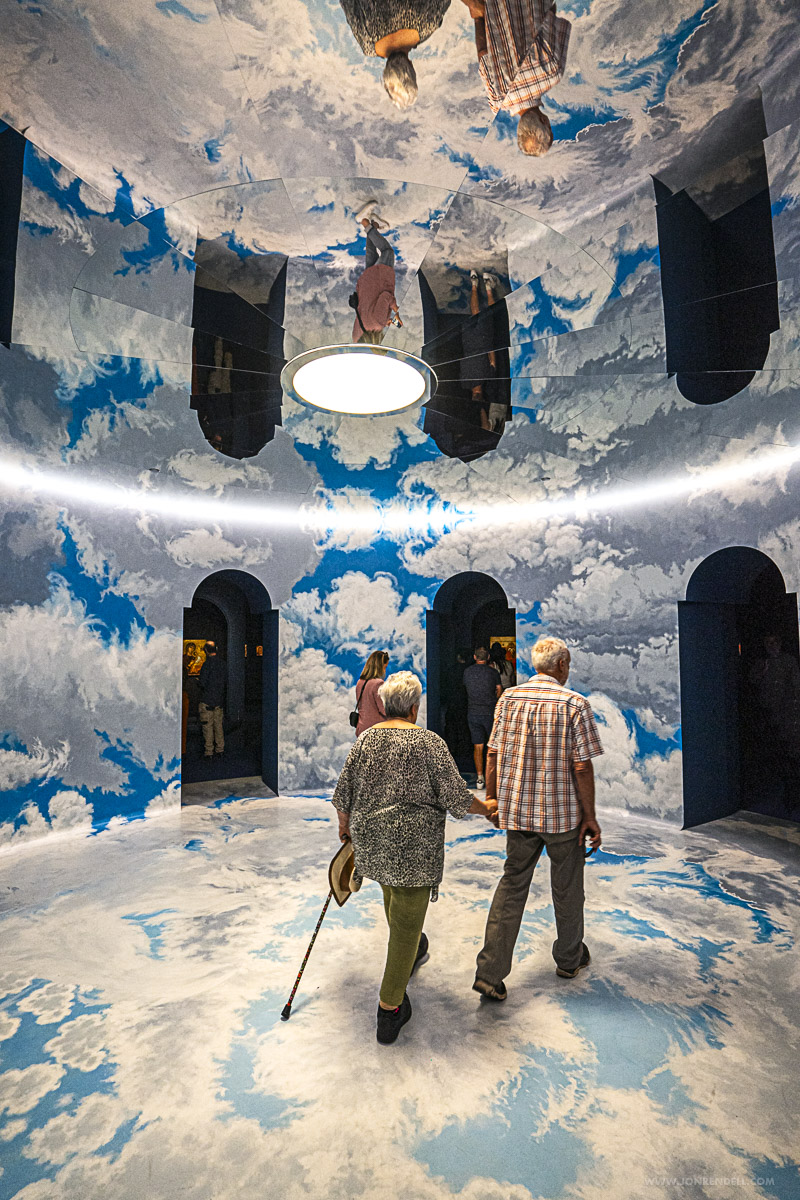
A couple off to the pearly gates.
The current blockbuster exhibition is 'Heavenly Beings: Icons of the Orthodox Christian
World’
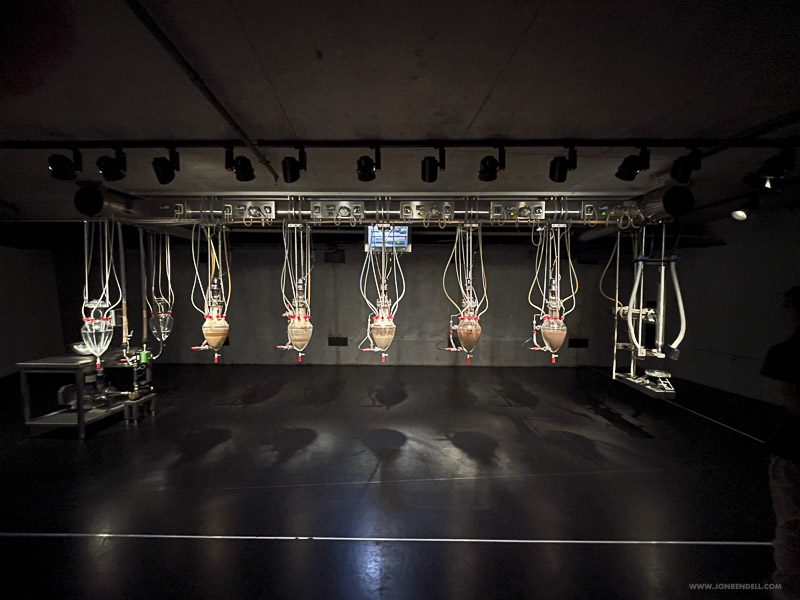
Deep in the museum’s cavernous underbelly sits Wim Delvoye’s cloaca machine,
otherwise known as “the shit machine.”
The Belgium artist’s vast array of whirring tubes and bags mimic the workings of the
human digestive system. The apparatus is fed food and produces poo.
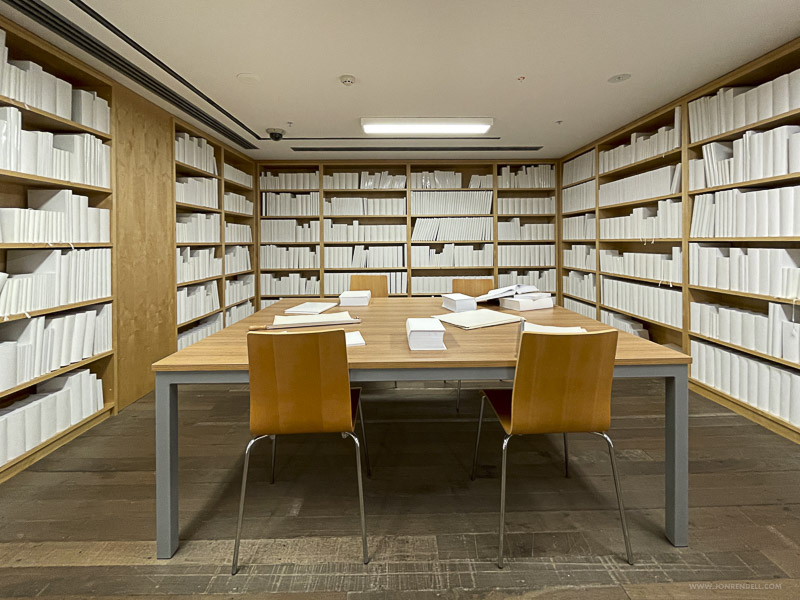
Wilfredo Prieto’s "White Library”

The raw stone walls of the cavernous chamber dramatically frame the white-washed
wooden bones of a Qing dynasty house (Ai Weiwei’s 2015 White House) that tiptoes on
crystal balls (see below).
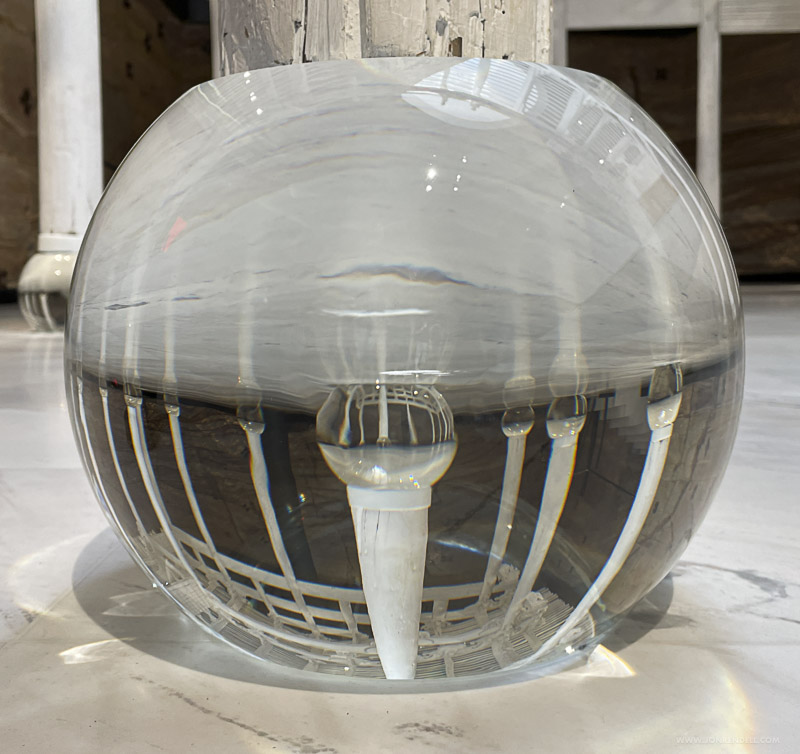
Detail crystal ball, Ai Weiwei
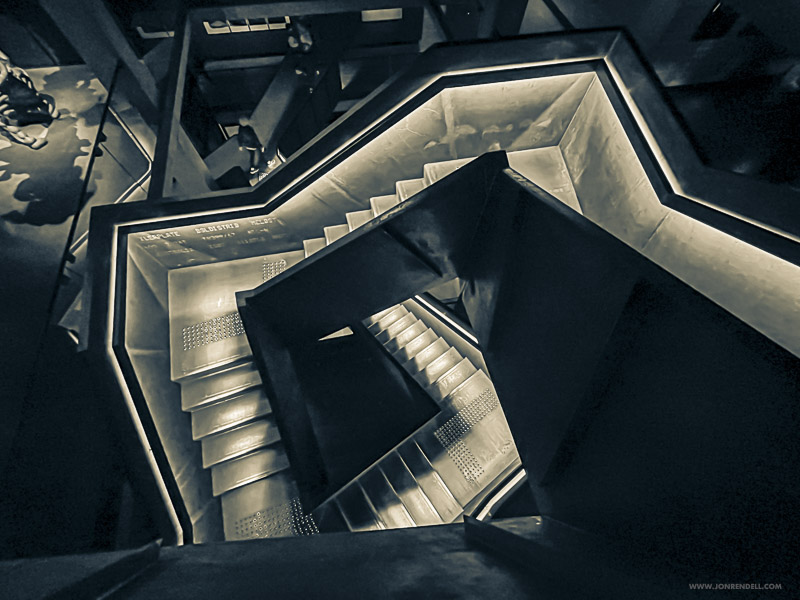
The corten staircases at MONA contribute to the museum's distinctive character and
provide visitors with an immersive experience that extends beyond the artworks on
display.
|